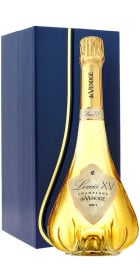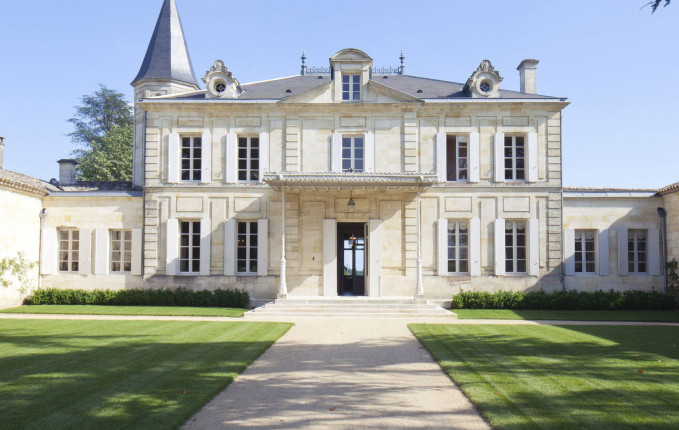
20€ coupon code for your first order by subscribing to our newsletter
Wine and spirits masterpieces to your doorstep
On our dedicated page, you will find all the information about Bordeaux Primeurs 2023

Secure packaging and transport insurance



What wine lover hasn't heard of Château Cheval Blanc, one of Bordeaux's most unmissable and legendary wines? It was in 1832 that Domaine was purchased by Jean-Jacques Ducasse, president of the Libourne court, who contributed to its development.
He climbed the prestige ladder and, in 1878, won his first gold medal at the Paris Exposition Universelle. The excellence of Cheval Blanc wines would continue to be recognized the world over for decades to come.
In 1998, the estate was handed over to Bernard Arnault and Baron Albert Frère, both of whom breathed new life into Domaine, while respecting its history and heritage. Headed today by Pierre Lurton, the quest for perfect quality vintage after vintage remains the estate's credo. This is made possible in particular by the majestic winery inaugurated in 2011, which enables tailor-made vinifications to reveal the potential of each part of this illustrious terroir.
When the first edition of the Saint-Emilion classification was published in 1955, Château Cheval Blanc was immediately promoted to Premier Grand Cru Classé "A". It retained this distinction until the 2021 vintage. At the beginning of 2022, Domaine chose to withdraw from the classification, the next edition of which was due to be made official in September of the same year. Thus, from the 2022 vintage, the label of... See more ...
A generous vintage, a faithful reflection of its climatic conditions, which expressed the singularity of each plot.
A 2023 vintage without climatic excesses
The 2023 vintage took place without any climatic excesses, with the exception of August 23 and 24, when maximum temperatures reached 40 degrees. Rainfall was fairly regular throughout the year, with a slight surplus in August (65 mm), which helped ripening to proceed smoothly. On the other hand, the rise in average temperatures confirms the trend towards global warming that has been observed in recent vintages.
Classic phenology
Bud-break occurred in a very classic way: at the end of March for Merlot, and at the very beginning of April for Cabernet Franc. A cold spell set in at the beginning of April, but did not cause any frost damage. Flowering began around May 28, under very favorable weather conditions, resulting in relatively generous yields. Mid-ripening on July 22 for Merlot and July 29 for Cabernet Franc was rather clustered. The foliage, preserved from mildew and excessive hydric stress, remained remarkable even after the harvest, ensuring a fine finish in Réserve. Harvesting took place from September 6 to October 3 under particularly favorable conditions.
Strong mildew pressure kept under control
The year 2023 was marked by heavy mildew pressure. At the end of June and beginning of July, symptoms of rot brun appeared quite regularly on the Merlot vines. Fortunately, very little rain (25 mm) in July slowed the disease's development. Damage remained anecdotal, and the grapes were harvested at full maturity in very good weather conditions. Sexual confusion worked very well against cluster worms, which were very virulent this year on certain Sec vines of Bordeaux.
A generous harvest
The number of bunches was high in 2023, the quality of the flowering having favored good yields. Climatic conditions produced classic berry weights, and thinning was relatively consistent on the Merlot. Hot weather on August 23 and 24 caused some scalds on the sunset side of the bunches. This had no impact on the aromatic expression of the grapes. The degrees remained reasonable, and the juices were remarkably well-balanced. All three grape varieties in the vineyard performed very well. Both young and old vines took full advantage of the year's climate. The identity of each of the terroirs is very marked in this vintage.